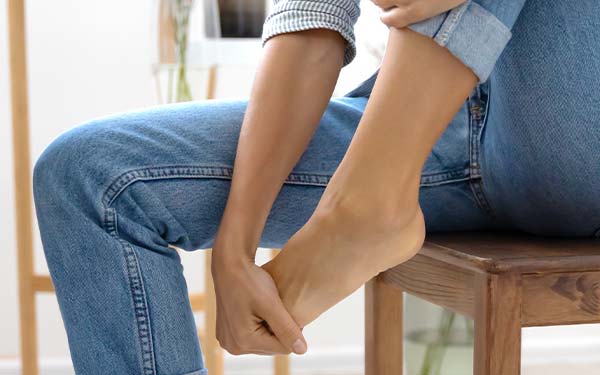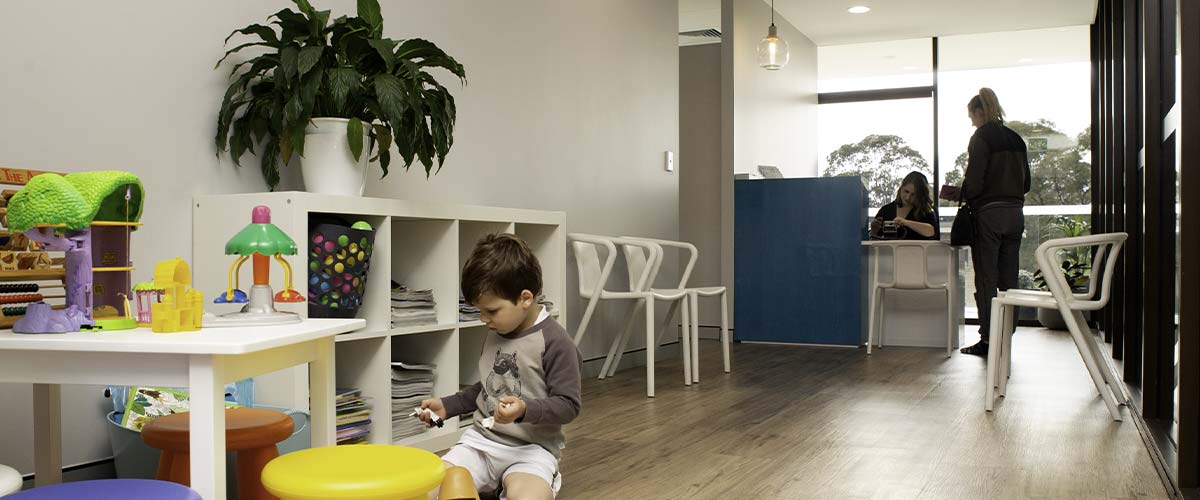Ingrown toenails
Avoid the pain and potential infection with fast, effective treatment

Ingrown toenails are painful and easily infected
An ingrown toenail is when the nail grows into the skin, usually at the sides of the nail. This irritates the skin, often creating pain, redness, swelling, and warmth in the toe. If an ingrown nail causes a break in the skin, bacteria may enter and cause an infection, which can lead to pus draining from the area.
What causes an ingrown toenail?
- Cutting your toenails too short encourages the skin next to the nail to fold over the nail.
- Incorrectly fitted shoes that are tight or short.
- Trauma, such as stubbing your toe or having an object fall on your toe.
- Repeated pressure on the toes during activities such as kicking or running.
- Certain other conditions may create greater risk, e.g. a toenail fungal infection or loss of a nail through trauma.
How do I prevent ingrown toenails?
Many cases of ingrown toenails may be prevented by following these basic but important tips:
- Trim your nails properly. Cut your toenails in a fairly straight line, and don’t cut them too short. You should be able to get your fingernail under the sides and end of the nail.
- Avoid shoes that are short, or tight in the toe box.
- Avoid shoes that are loose because they too cause pressure on the toes, especially when you run or walk briskly.
Can I treat an ingrown toenail myself?
Home treatment is strongly discouraged if you suspect you have an infection, or if you have a medical condition that puts your feet at high risk such as diabetes, peripheral neuropathy or poor circulation.
How does a podiatrist treat ingrown toenails?
Our podiatrist will determine the most appropriate procedure for you and explain why.
- Painless removal of the nail spike may be possible in early cases.
- For mildly involuted toenails, a painless, non-invasive Onyfix nail brace can gradually push the sides of the nail outwards.
- Oral antibiotics. If an infection is present, an antibiotic may be prescribed on referral to your doctor.
- Removal of all of part of the nail. In more advanced cases, we can perform a minor surgical procedure called nail avulsion. Our podiatrist numbs your toe and removes a corner or a larger portion of the nail.



